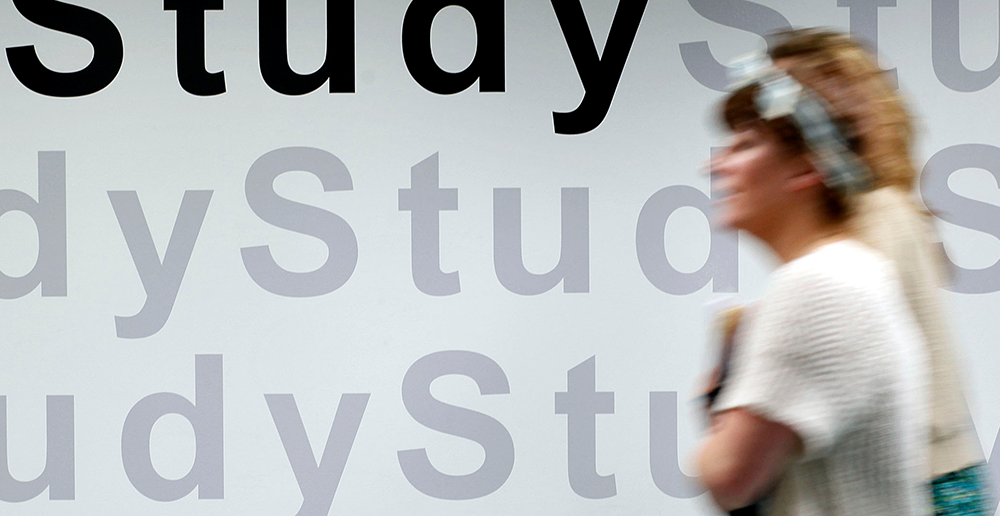The Beginning
It was January 2005 and I tentatively typed “Hello and welcome to the University of Edinburgh” to my three newly enrolled online students. These were my first online distance learning students and they were embarking on the University’s first fully online distance learning programme. Little did I know that in each subsequent year I would say those same words to another cohort of new students.
The Early Years
When the programme was in its infancy we were privileged to have a partnership arrangement with the University of Sydney who had been providing online distance learning for some years. From their partnership I learned much about the delivery of an online programme – from the technical aspects to the nuances of interacting with students in an online environment.
Whilst I personally had much to learn about online delivery, the University also had much to learn. Many of the systems that are now in place for distance students, simply did not exist, or at best, were patchy – I can remember have drawn out discussions with Registry about how my students were going to matriculate as they were not physically coming to the University to do so. A decade ago processes such as these were immense stumbling blocks, however, as the years have rolled by, many of these issues have been resolved as distance education becomes increasingly mainstreamed and the number of students studying at a distance grows.
Today
Today I am the Programme Director of the Clinical Management of Pain programme, which evolved from the original partnership with the University of Sydney. The programme aims to provide healthcare professionals with a multidisciplinary approach to pain management through the use of informed and evidence-based ability and skills.
Changes and Reflections
When I look back over the past decade there are many elements of teaching and learning that have not changed – the desire of students to be engaged in a subject and to be taught by engaged lecturers; the on-going struggle to balance personal life, work and study; the desire of students to ‘do well’ and feel challenged, and to feel that their hard work is ‘worth it’. And what I provide fundamentally has not changed with the move online – a learning environment that is challenging, creative, allows for diversity and hopefully engages students to do their best. The greatest changes have come from the delivery of the programme – not only in content, as the subject area is moving at an astonishing rate, but also in the platform that is used to deliver online learning.
As an example, in 2005, the programme content consisted primarily of downloadable PDFs, and discussion forums. Back then, the University platform was WebCT, which was often seen as complex and unintuitive. Today, our programme is delivered via LEARN which, although not perfect, provides a platform that our students appear to enjoy, suits the purposes of our programme and offers many of the tools that are needed within our own programme. We deliver live lectures, have collaborative meetings and use podcasting and video streaming regularly. Interestingly the discussion forums remain as they are seen by students as one of the most valuable course elements as they provide excellent opportunities to engage and learn directly from other students.
Technology has also changed the style of delivery of many of our courses. Early permutations of the courses tended to follow a more didactic style whilst today this has evolved to a more experiential and student centred model. Technology has greatly assisted in this as it has allowed careful curation of various elements of the subject matter and students are encouraged to engage with this material in new and creative ways without losing sight of the core educational elements of the programme. Students continue to report that this is one of the most engaging and yet challenging aspects of the programme.
Other changes can be seen in the acceptance of online learning as a ‘valid’ mode of study, and in the status that online learning holds. A decade ago there seemed to be a perception by our students that online distance learning was going to be somewhat ‘easier’ than a traditional on campus programme. Elements of this still permeate as many students are concerned that their degree certificate will state ‘online’ and that this will have an effect on their educational status. Perhaps in time and with the developments in distance education, this will fade.
Change is always an ongoing process and the changes that have occurred over the past decade in my programme alone have been challenging, sometimes nonsensical, exciting, and overall positive and if the past decade is an example of what is to come, the future of online distance learning looks bright.
Read more:
MSc in the Clinical Management of Pain





Fantastic to hear how your distance learning programme had grown. Distance learning or correspondence courses as I first heard of them, seemed like cons or jokes but I’m pleased to see it is opening opportunities to people.